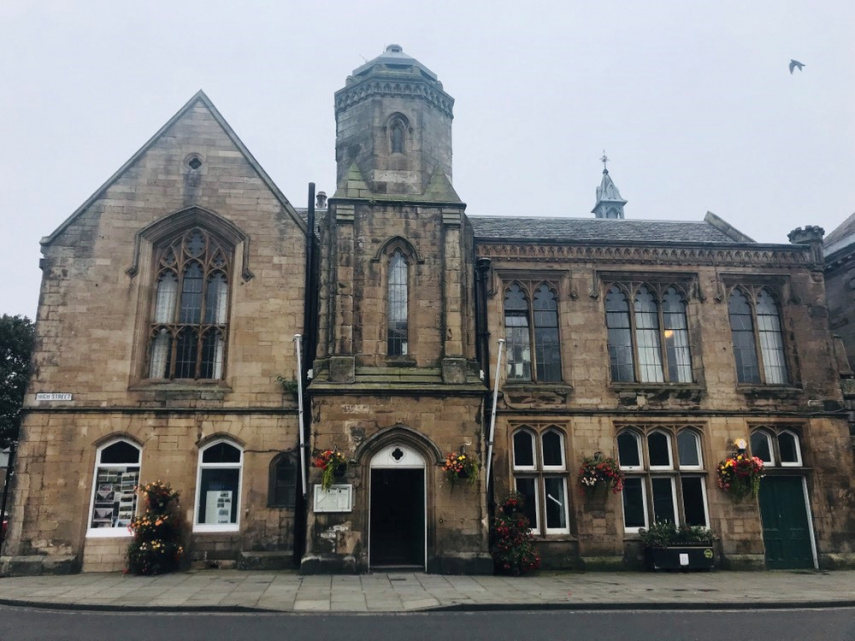Common Good Land
The eighth Land Rights and Responsibilities Protocol promotes transparency, engagement and high standards of management for Common Good land. It sets out clear expectations and behaviours for local authorities in managing Common Good land and buildings in line with their statutory duties – a big help for those struggling with clarity on this sometimes-complex issue.
The Common Good Act 1491 – still in force today – provides legal status to Common Good assets and creates an obligation that they be managed for the benefit of the citizens of (what was) the burgh. However, the way it is interpreted and conducted varies widely between local authorities. This can cause confusion and frustration, for local authorities and residents alike, so there is a real need to set out clear expectations for good practices to make the most of this unique form of ownership for communities.
The Community Empowerment Act (Scotland) 2015 introduced responsibilities for local authorities on registration, use and disposal of Common Good assets. The Scottish Government has since issued guidance on these duties – and this includes a requirement for local authorities to have regard to advice issued by the Scottish Land Commission.
The protocol is one of three steps identified in our report Delivering Greater Benefit from Common Good Land and Buildings. In the coming months we will be exploring the purpose of Common Good and whether the concept can be applied across Scotland, as well as the potential for new Common Good legislation.
Find out more about our work on Common Good land and assets.


